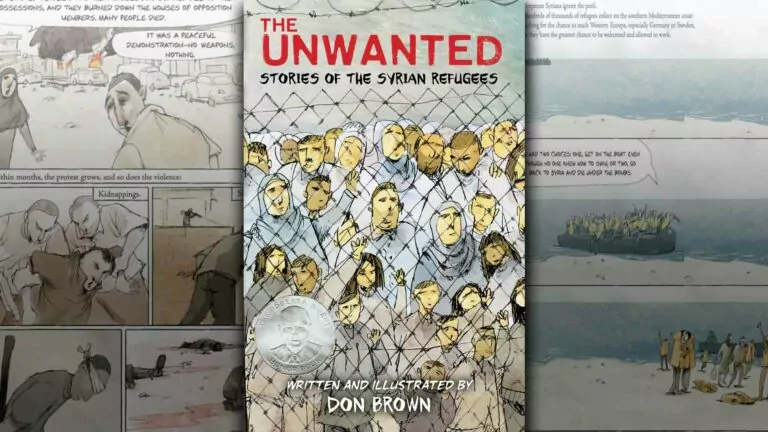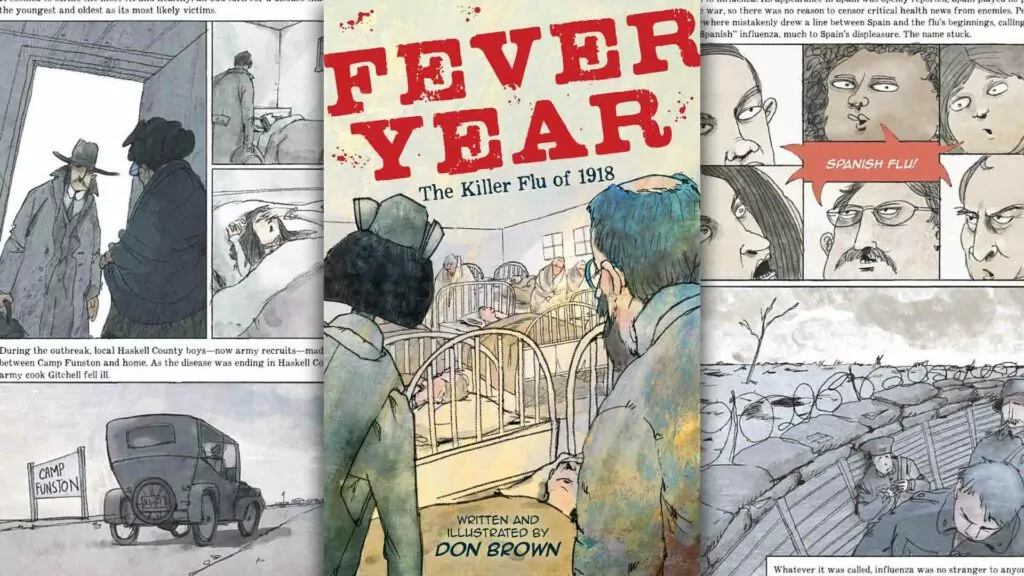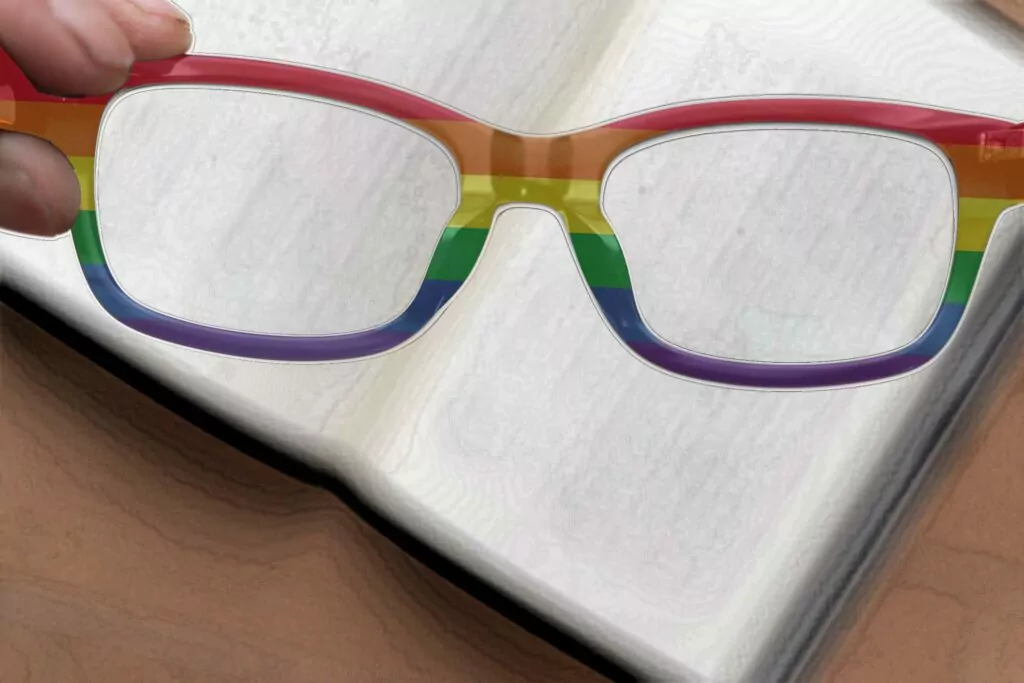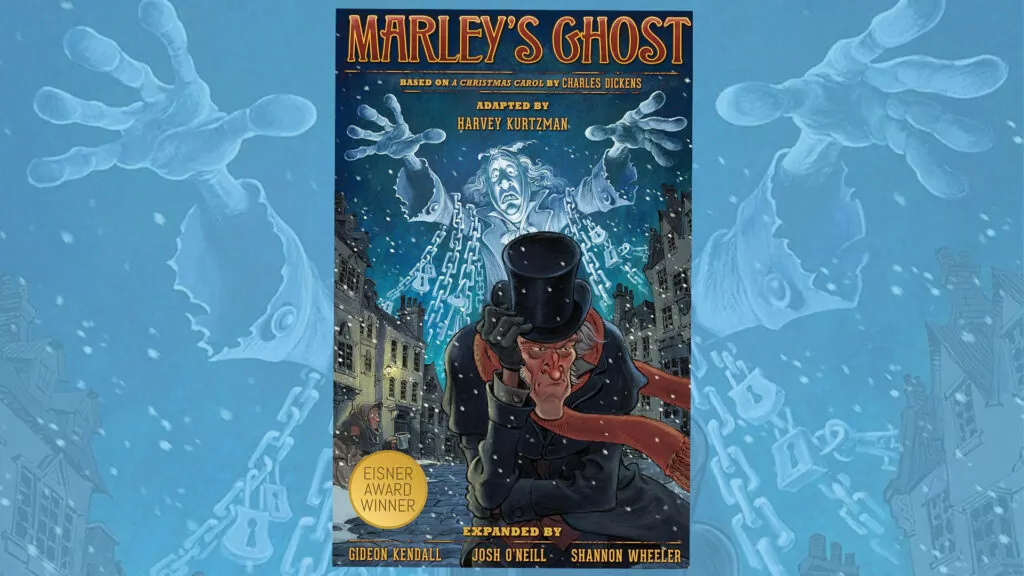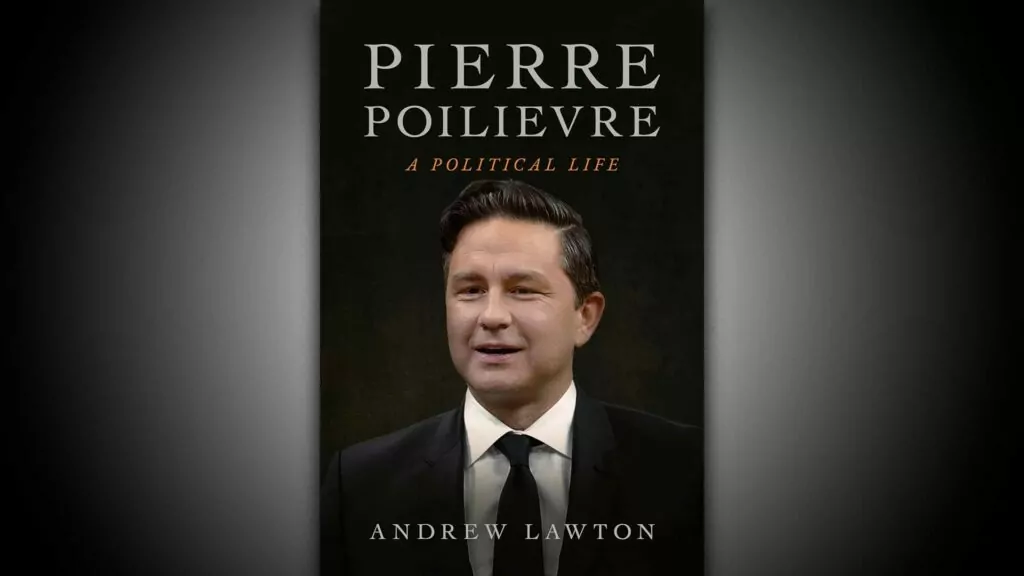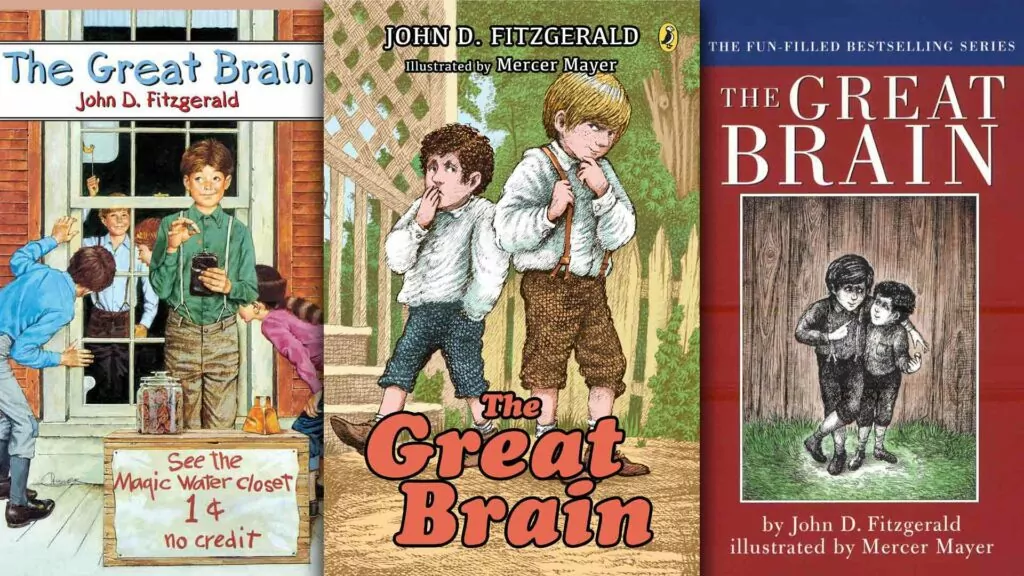by Don Brown
2018 / 104 pages
This is not a pleasant read because it lays out a tragedy for which there seems no ready solution.
In 2011, Syria descended into civil war after the dictatorial ruler, President Bashar al-Assad, used his military force to attempt to squelch protests. But the deaths that resulted only sparked more protests. Soon Assad’s own soldiers were joining with the protesters. And for the dozen years since then, the country has been in a constant state of conflict.
And with constant warfare comes refugees. Of Syria’s pre-war population of 22 million, at least 5 million have fled after their homes were destroyed or their friends, neighbors, or family members were shot and killed. That’s what this book is about: the millions of Syrian refugees’ search for safety and security.
As Don Brown explains, many Syrians were forced to leave with little or nothing to their name. While there was compassion for them early, as the thousands fleeing turned into millions fleeing, the refugees became an increasing expense for any nation that allowed them in. So borders started being blocked, barbwire went up, and anyone who wanted to leave had to turn to smugglers, some of whom would deliver on their promises, sneaking the refugees across the border. But others would prey on the fleeing Syrians, taking their money but doing little or nothing for them.
It is a sad, sad story, and it continues to this day. What Don Brown doesn’t get into much is the legitimate security concerns countries have about letting thousands and hundreds of thousands of refugees in. Most are Muslim, and many are undocumented, making it easy for radical elements to hide amongst them. So, countries would want to check credentials before letting a refugee in. But how can you check credentials they don’t have?
At the same time, the Bible tells us that whoever is generous to the needy honors his Maker (Prov. 14:31). So, how can help be offered on this enormous scale?
Cautions
While Don Brown is very restrained in showing the impacts of the war, there are a few panels where, even as most of the violence occurred just out of frame, some blood is shown. That, and the overall topic matter, means this is one for high school.
Conclusion
I think the strength of the book is that Don Brown spends his time explaining the problem without pretending to have a solution. There is no simple solution. But there is a pressing need. And there are some individual actions that can be done, like praying for God’s intervention. The peace that no one seems able to bring, only He can accomplish. Another possibility is donating to Syrian relief efforts like the Canadian Reformed World Relief Fund.







